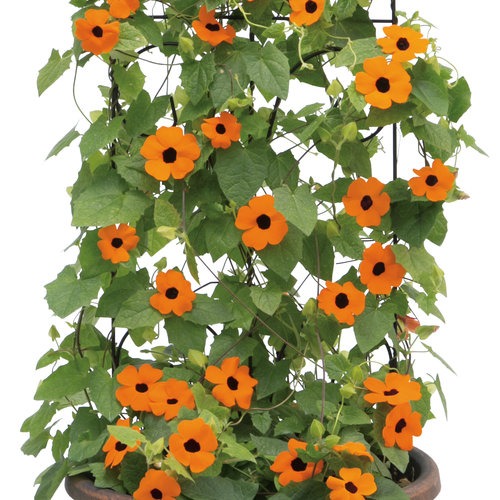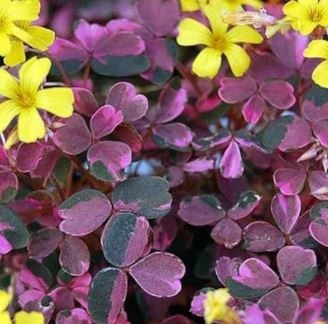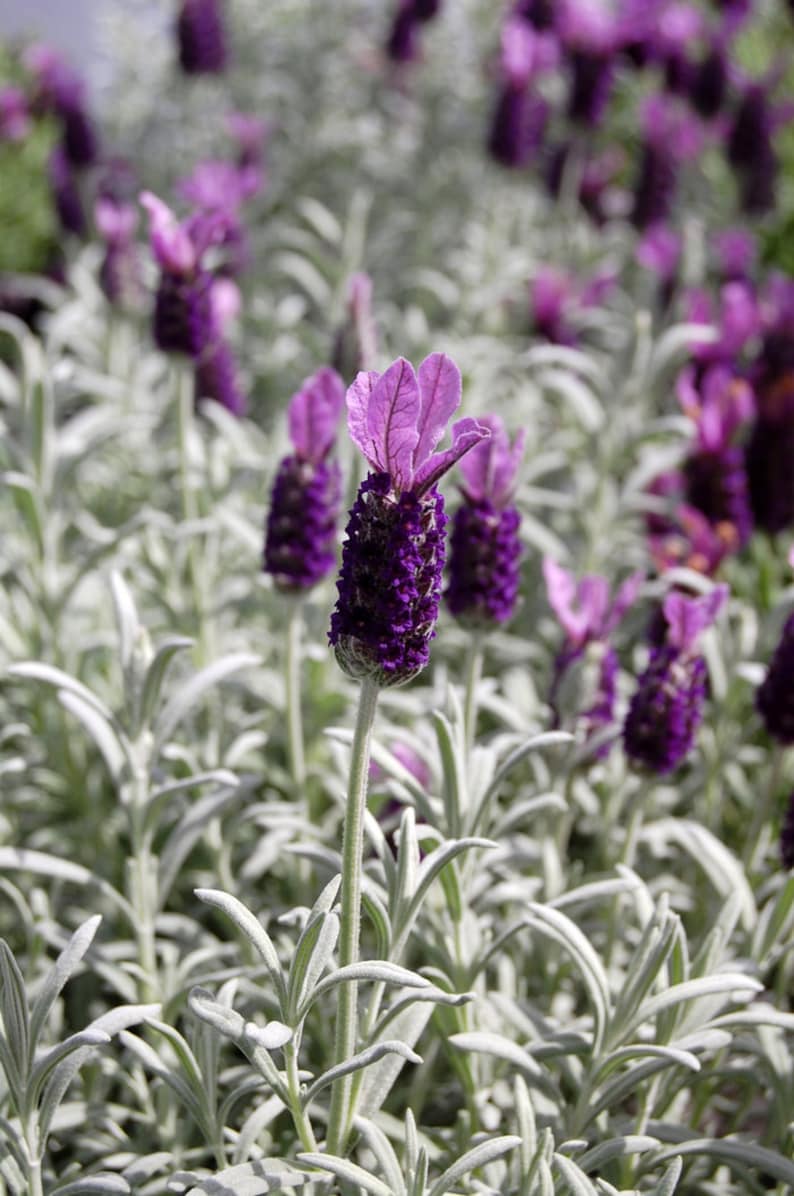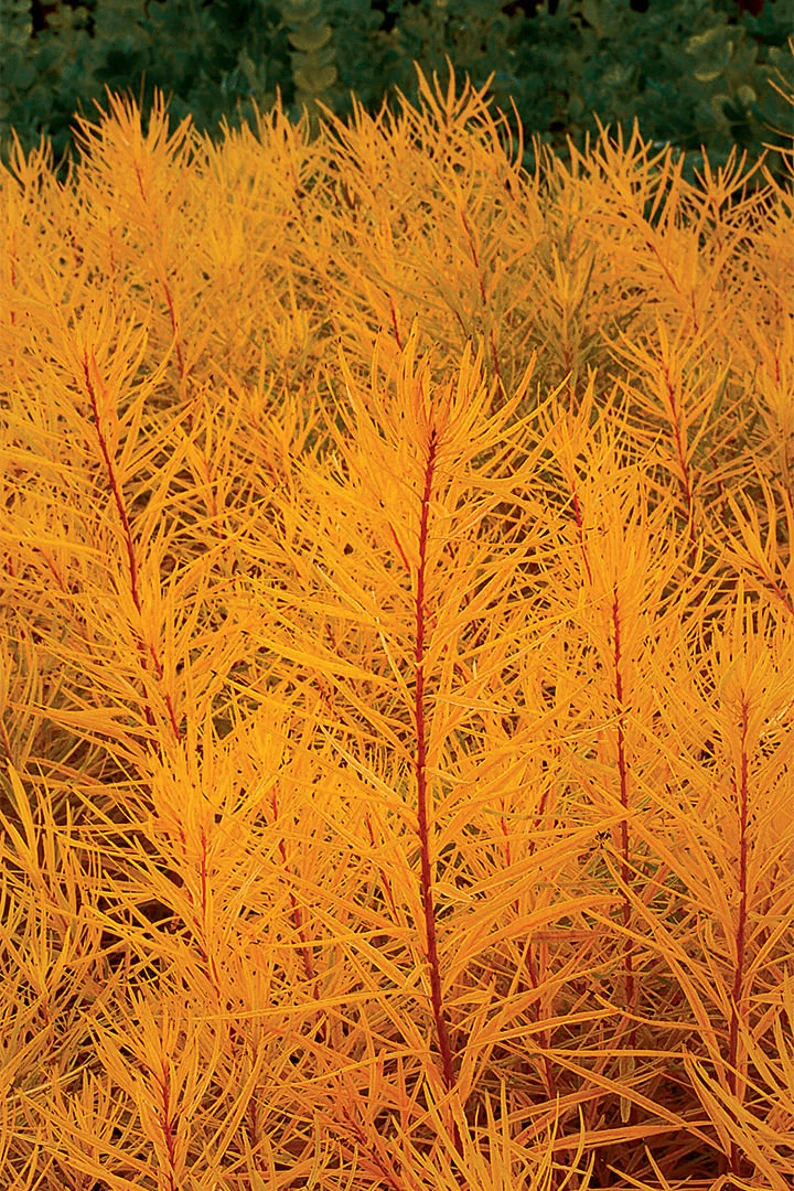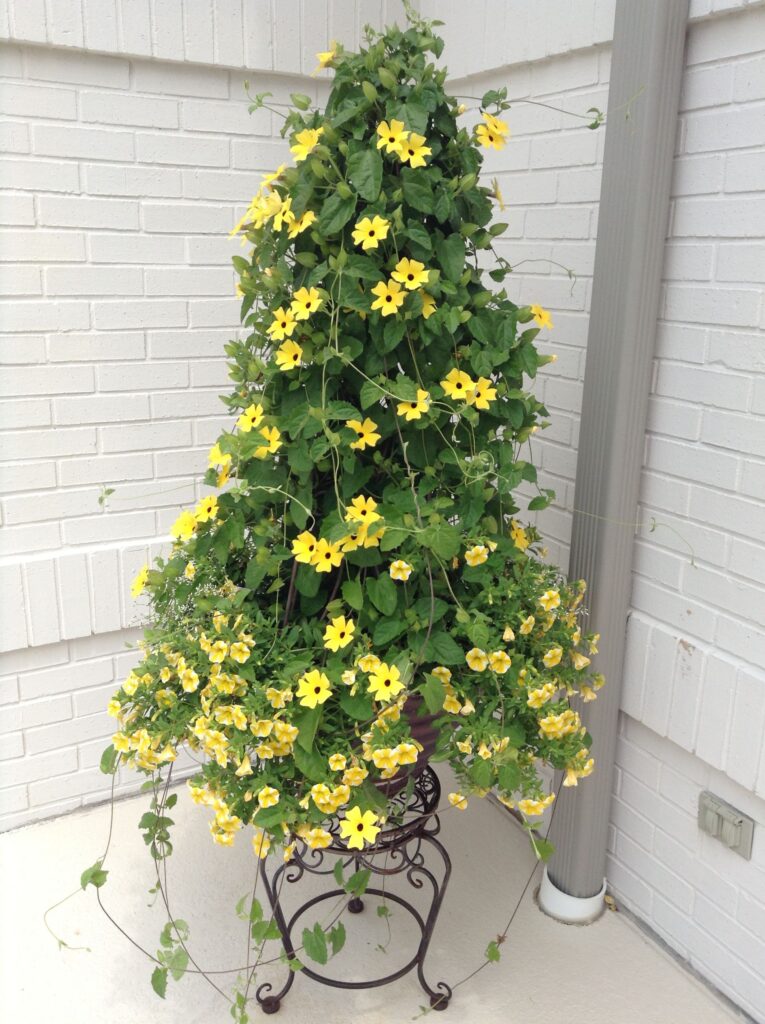
Introduction:
In the realm of climbing vines, few can match the captivating beauty and vibrant charm of the Black-Eyed Susan Vine. With its cheerful yellow or orange blossoms adorned with a distinctive dark center, this stunning plant, scientifically known as Thunbergia alata, has won the hearts of gardeners and flower enthusiasts alike. In this essay, we will explore the remarkable characteristics, cultivation techniques, and the undeniable allure of the Black-Eyed Susan Vine as a radiant trailblazer in the garden.
Overview of the Black-Eyed Susan Vine:
The Black-Eyed Susan Vine is a flowering perennial vine native to tropical regions of Africa. Belonging to the Acanthaceae family, it shares botanical ties with other popular plants like shrimp plants and ruellias. Despite its common name, the vine is not related to the Black-Eyed Susan flower (Rudbeckia hirta). Known for its profusion of vividly colored blossoms, the Black-Eyed Susan Vine has become a favorite choice for adding a touch of tropical elegance to gardens and landscapes.
Characteristics and Growth Habit:
The Black-Eyed Susan Vine displays several distinctive characteristics that make it a standout in the garden:
- Flowers: The vine boasts an abundant display of trumpet-shaped flowers, typically measuring around 1 to 2 inches in diameter. These flowers can range in color from bright yellow to orange, and some cultivars even feature bi-color patterns. The dark center of the blossom, resembling a “black eye,” adds an eye-catching contrast to the vibrant petals.
- Foliage: The leaves of the Black-Eyed Susan Vine are heart-shaped, glossy, and rich green in color. The lush foliage provides an attractive backdrop to the blossoms, creating a visually pleasing display.
- Growth Habit: As a climbing vine, the Black-Eyed Susan Vine exhibits a twining growth habit, meaning it wraps its tendrils around support structures as it ascends. With proper guidance and support, it can reach heights of 6 to 8 feet (1.8 to 2.4 meters), making it an excellent choice for trellises, fences, and pergolas.
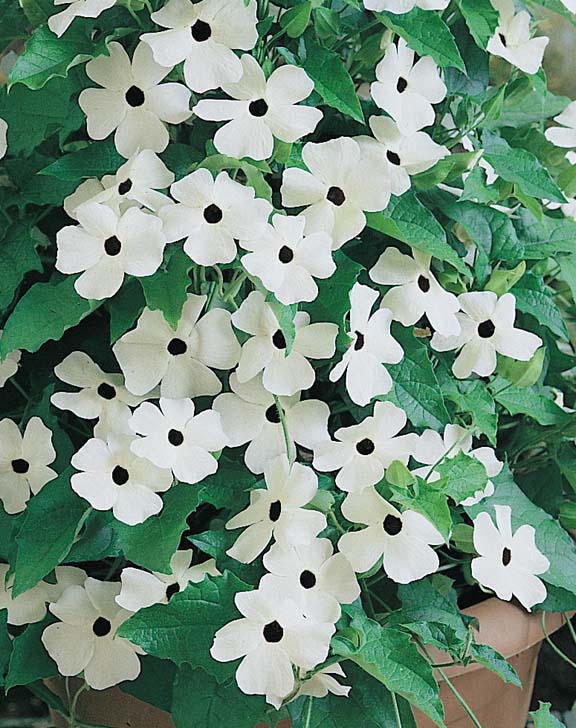
Cultivation and Care:
To successfully cultivate the Black-Eyed Susan Vine in your garden, consider the following care guidelines:
- Sunlight and Temperature: The Black-Eyed Susan Vine thrives in full sun to partial shade. It prefers warm climates and requires a minimum temperature of around 50°F (10°C) to flourish. Ensure that it receives at least six hours of direct sunlight each day for optimal growth and blooming.
- Soil and Watering: This vine prefers well-draining soil enriched with organic matter. Aim for a slightly acidic to neutral pH level. Water the plant regularly, keeping the soil consistently moist but not waterlogged. Avoid overwatering, as it can lead to root rot and other issues.
- Support and Training: Provide a sturdy trellis, arbor, or other support structure for the vine to climb on. As it grows, gently guide the tendrils around the support to encourage upward growth and prevent entanglement.
- Fertilization: Regular feeding with a balanced, water-soluble fertilizer is beneficial for the Black-Eyed Susan Vine. Apply the fertilizer according to the package instructions, typically every two to three weeks during the growing season.
- Pruning and Maintenance: Prune the vine in early spring or late winter to remove any dead or damaged growth. This helps promote healthy new growth and maintains a neat appearance. Additionally, regular deadheading of spent flowers encourages continuous blooming.
- Propagation: The Black-Eyed Susan Vine can be propagated from seeds or stem cuttings. Seeds can be sown indoors before the last frost date and transplanted outdoors once the danger of frost has passed. Stem cuttings can be taken from established plants and rooted in a well-draining soil mix.
Benefits of the Black-Eyed Susan Vine:
Beyond its captivating beauty, the Black-Eyed Susan Vine offers several benefits to gardeners and the surrounding environment:
- Pollinator Attraction: The vibrant, nectar-rich blossoms of the vine attract bees, butterflies, and other pollinators. By planting the Black-Eyed Susan Vine, gardeners can contribute to the ecological balance and promote biodiversity in their gardens.
- Versatility: With its twining growth habit and vibrant blooms, the Black-Eyed Susan Vine adds vertical interest and a touch of tropical flair to any garden setting. It can be grown on trellises, fences, pergolas, or even in hanging baskets, making it a versatile choice for various garden designs.
- Low Maintenance: The Black-Eyed Susan Vine is relatively low maintenance, requiring moderate care once established. Its ability to withstand heat and tolerate occasional drought conditions makes it an excellent choice for gardeners seeking resilient and easy-to-grow plants.
Conclusion:
The Black-Eyed Susan Vine (Thunbergia alata) stands as a radiant trailblazer in the garden, showcasing its vibrant blossoms and twining growth habit. With its cheerful yellow or orange flowers and striking dark centers, it brings a touch of tropical elegance to any landscape. By providing the right growing conditions and proper care, gardeners can enjoy the radiant beauty and charm of the Black-Eyed Susan Vine in their outdoor spaces. Embrace this captivating climber and let its blossoms transform your garden into a tropical paradise.


